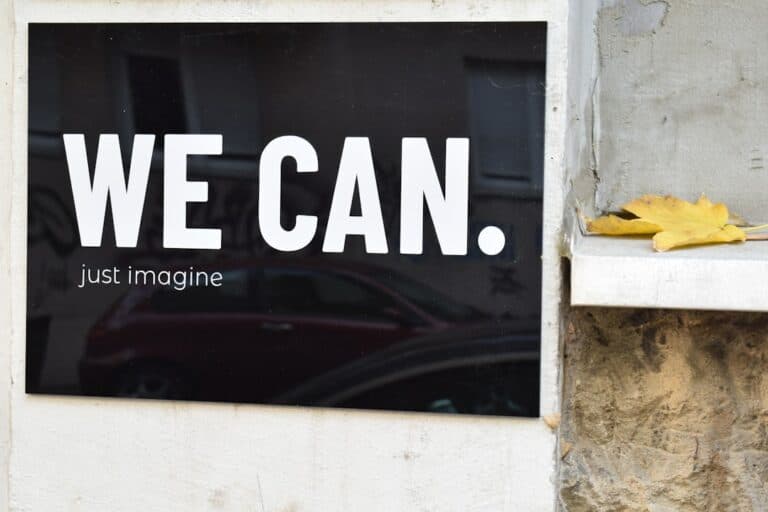Our decisions are only as good as the quality of our forecasts. When we choose an option, we are trying to optimize for achieving a goal. That menas that every decision we make is, at its core, a forecast of the future, a forecast of which option has the highest likelihood to get us to where we want to go.
Because we tend to be overoptimistic about the future, those forecasts that are at the core of all decisions are often not particularly good. As Daniel Kahneman opined in Thinking, Fast and Slow, “In terms of its consequences for decisions, the optimistic bias may well be the most significant of cognitive biases.”
A recent study by Jay Van Bavel and Halleir Sjastad found that people consistently use a best-case heuristic when making forecasts. When participants in these studies were asked to make their most realistic forecasts about relationships, politics, and the pandemic, those forecasts turned out to be “systematically closer to their best-case scenario than to their worst-case scenario.”

